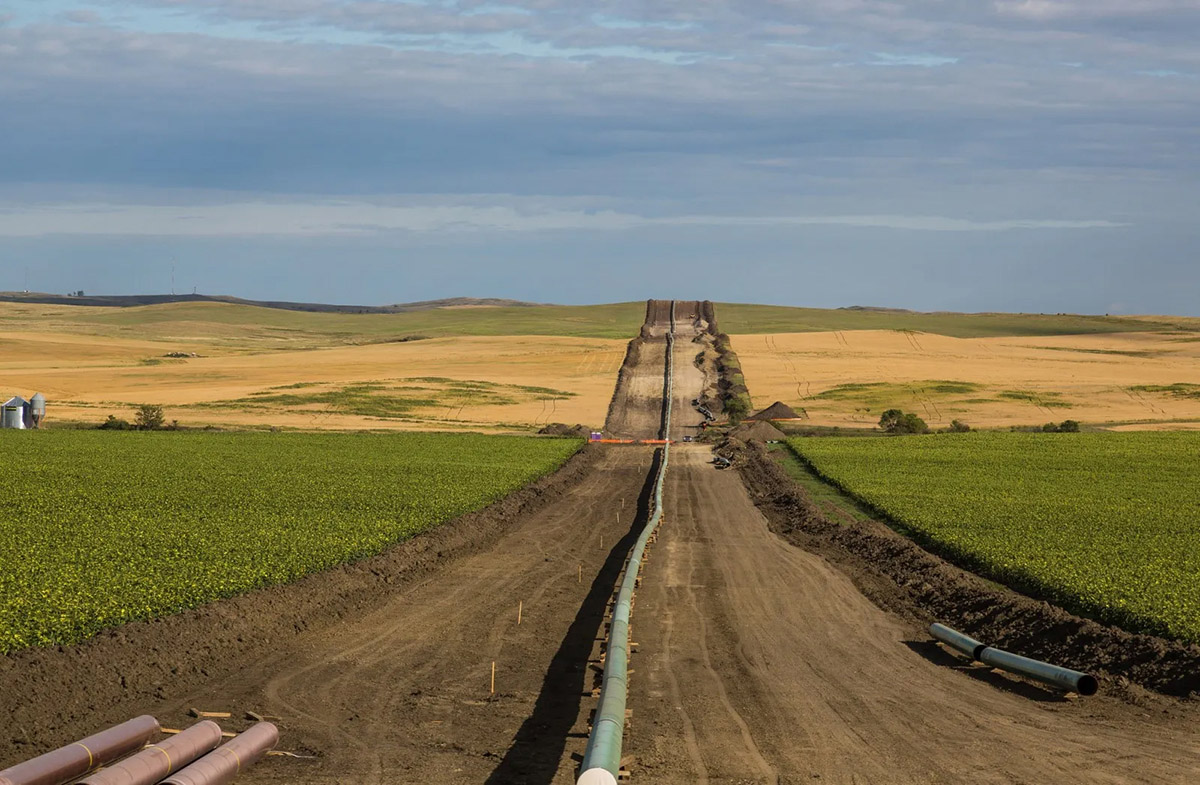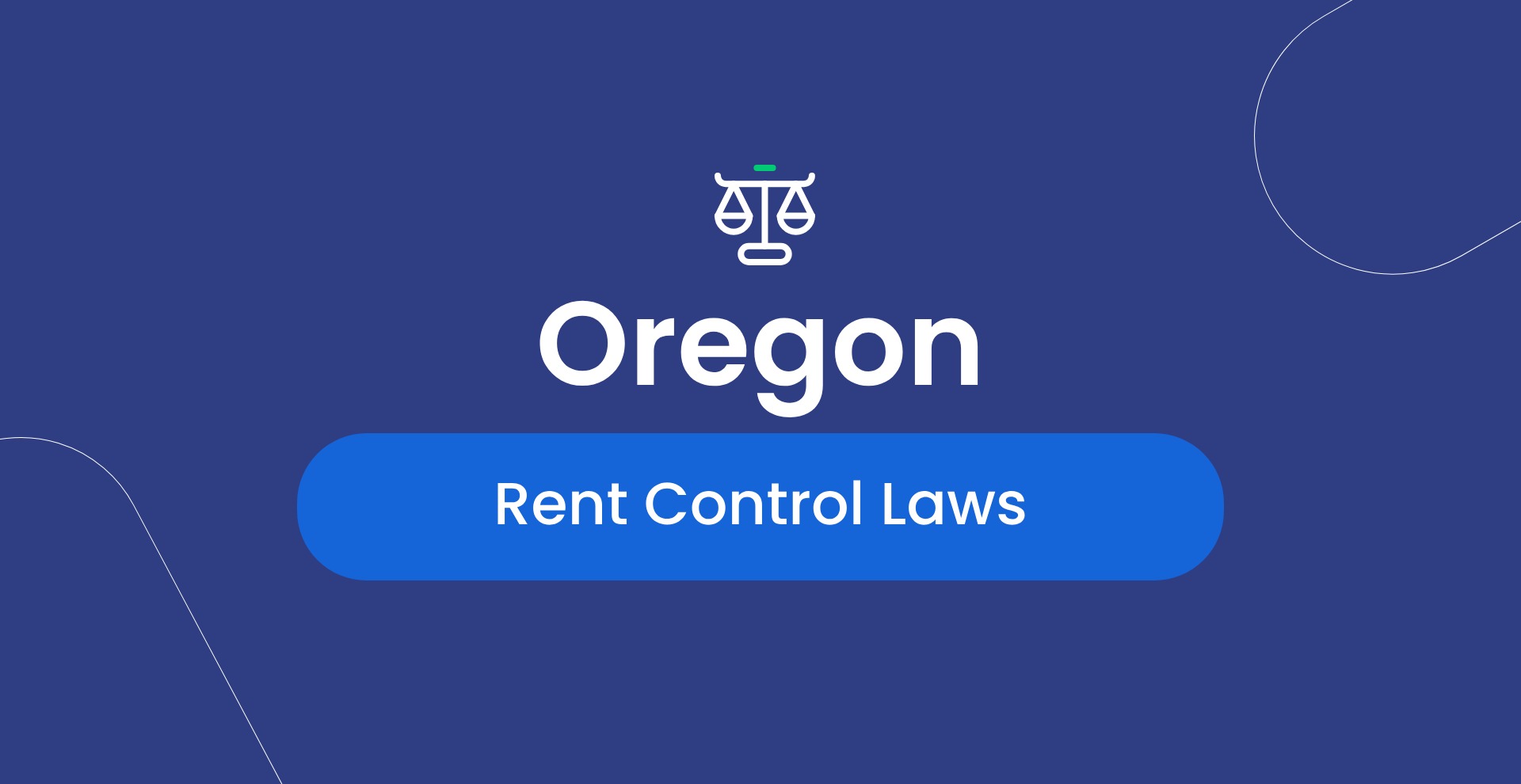

Finance
Mortgage Pipeline Definition
Modified: December 30, 2023
Learn the definition and importance of mortgage pipeline in the world of finance. Discover how it impacts the lending process and maximizes profitability.
(Many of the links in this article redirect to a specific reviewed product. Your purchase of these products through affiliate links helps to generate commission for LiveWell, at no extra cost. Learn more)
Understanding Mortgage Pipeline: Definition and Importance
Welcome to our finance blog! In this category, we cover a wide range of topics to help you make informed decisions about your financial future. Today, we are going to dive into the world of mortgages and explore an essential concept known as the Mortgage Pipeline.
Before we begin, let’s quickly address one important question: What is the Mortgage Pipeline? Simply put, it refers to the process lenders follow to manage and fund mortgage loans. From the moment a mortgage application is submitted to the time the loan is closed and funded, it goes through various stages in the pipeline, ensuring a smooth and efficient lending process.
Key Takeaways:
- The Mortgage Pipeline is the sequential process lenders use to manage and fund mortgage loans.
- It involves multiple stages, from application submission to loan closing and funding.
Now that we have a general understanding of what the Mortgage Pipeline entails, let’s explore its importance and why it matters to both lenders and borrowers.
The Importance of Mortgage Pipeline
1. Efficient Loan Processing: The Mortgage Pipeline plays a crucial role in ensuring the timely processing and funding of mortgage loans. By establishing a structured process, lenders can streamline their operations and avoid unnecessary delays. This allows borrowers to move forward with their home purchases or refinancing plans without unnecessary hassles.
2. Interest Rate Protection: The Mortgage Pipeline also helps protect borrowers from sudden interest rate fluctuations. Once a mortgage application enters the pipeline, lenders may lock in an interest rate, providing borrowers with a safeguard against potential rate increases. This means that even if rates rise during the processing period, borrowers are secured against higher payments.
Now that we’ve explored the importance of the Mortgage Pipeline let’s briefly outline the essential stages within this process:
The Mortgage Pipeline Stages:
- Application: Borrowers submit their mortgage applications to lenders, providing all the necessary documentation and financial information.
- Underwriting: Lenders review and assess the applicants’ financial profiles, credit history, and collateral to determine loan approval.
- Processing: In this stage, lenders gather and verify all the necessary documents, such as income statements, appraisal reports, and property information.
- Loan Approval: Once the underwriting and processing stages are complete, lenders issue a loan commitment, outlining the terms and conditions.
- Closing: At this stage, borrowers sign the loan documents, and the funds are transferred from the lender to the borrower or the seller.
In conclusion, understanding the Mortgage Pipeline is essential for anyone looking to navigate the mortgage process effectively. From managing loan applications to ensuring timely funding, this sequential process keeps the mortgage industry running smoothly. For borrowers, it provides peace of mind and protection against interest rate fluctuations.
Thank you for joining us on this journey through the world of mortgages! We hope this article has shed some light on the Mortgage Pipeline and its significance. Stay tuned for more valuable insights and advice on finance-related topics.














